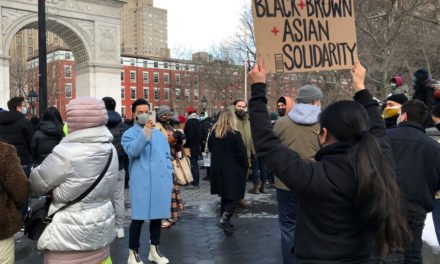
When I was laid off recently, my company supplied me with a list of the titles and ages of other colleagues in my department who were also let go or considered for separation. The federal Age Discrimination in Employment Act (ADEA) requires businesses to provide this information to laid-off employees who are over 40 years old.
I’m 40 years old. I guess that now makes me officially part of a new protected class. It’s a class barely protected, though, as anyone much older than I am who is looking for a job will tell you. Yes, there are all sorts of federal and local statutes that make it illegal to consider age in hiring decisions, but let’s not pretend that circumventing such rules isn’t simple and doesn’t happen daily.
I recently read a Workforce.com article that relayed the story of a 62-year-old woman who was more committed, certainly more qualified, than most people half her age to getting a job. She optimized her social-media presence, got professional headshots, colored her hair, bought new clothes, and applied new makeup techniques to make herself more marketable. (Sad, isn’t it, that woman of any age have to think about what sort of mascara to wear on a job interview.)
She even drove to prospective employers’ parking lots to gauge what people wear to work there to give her a better sense of the company. “I sat in my car with my cellphone and took the occasional photo of someone who looked particularly nice and noted differences between people in entry-level positions and those in business suits,” she said. “It was a humbling experience.” That’s commitment.
I felt bad for her. Her chances of getting hired are pretty low. Recruiters one-third her age will think that she will be slow, or that she’ll get sick more, or that her skills are not up-to-date. No surprise that two-thirds of older employees say that they have witnessed or experienced workplace discrimination, according to an AARP study.
That’s why it’s so important for businesses to help their recruiters, and all their employees, address their biases. Unfortunately, companies sometimes end up doing the exact reverse.
In a recent blog post I wrote, “Descriptions Are Not Prescriptions,” I wrote about my experience when I was tasked with writing an intranet article about how different generations approach feedback. From the get-go, I opposed writing the piece. Naturally, I recognize the importance of recognizing and celebrating differences, but there has to be a good reason to do so. In this case, I explained that while “some workers’ preferences may align perfectly with those typical of their generation, there are too many variations to legitimize stereotypes as conversation blueprints.”
In other words, making assumptions based on age, gender, race, etc., when engaging with people is rarely a good move. While generalizing can make sense when creating a policy or a program broadly targeted at groups, it can be counterproductive in many other instances. When giving and receiving feedback, for example, it can lead to poorer dialogue.
That’s why it’s incumbent upon companies to work harder to avoid perpetuating and exploiting biases by not promoting descriptions as prescriptions.


















